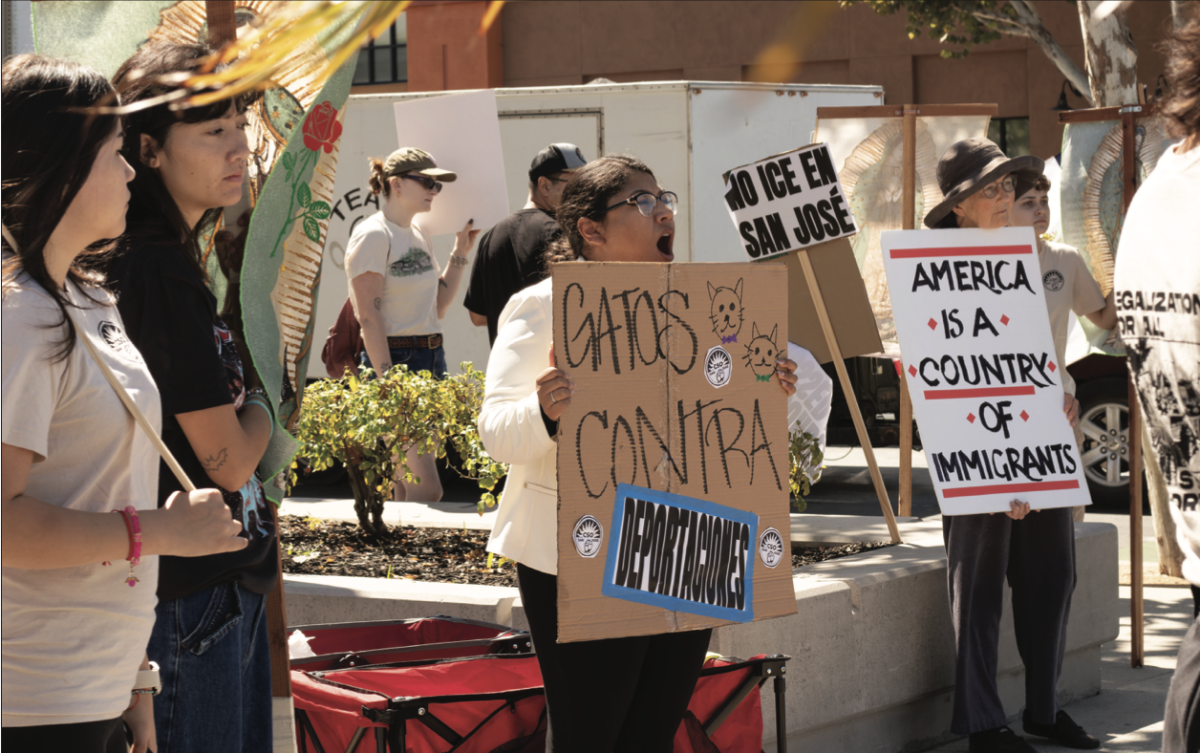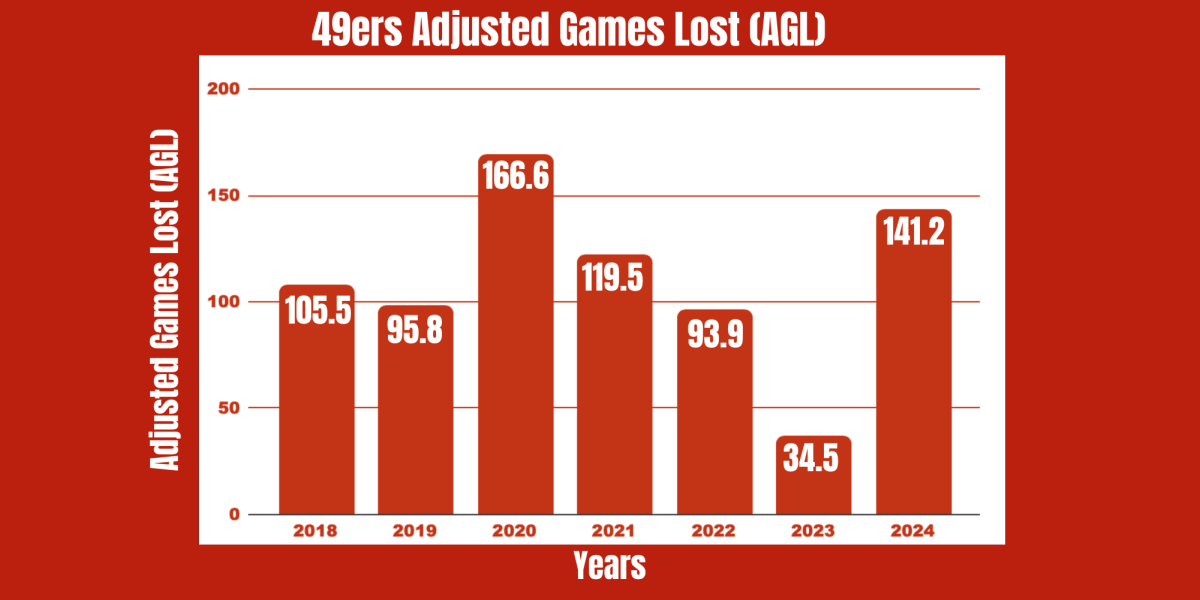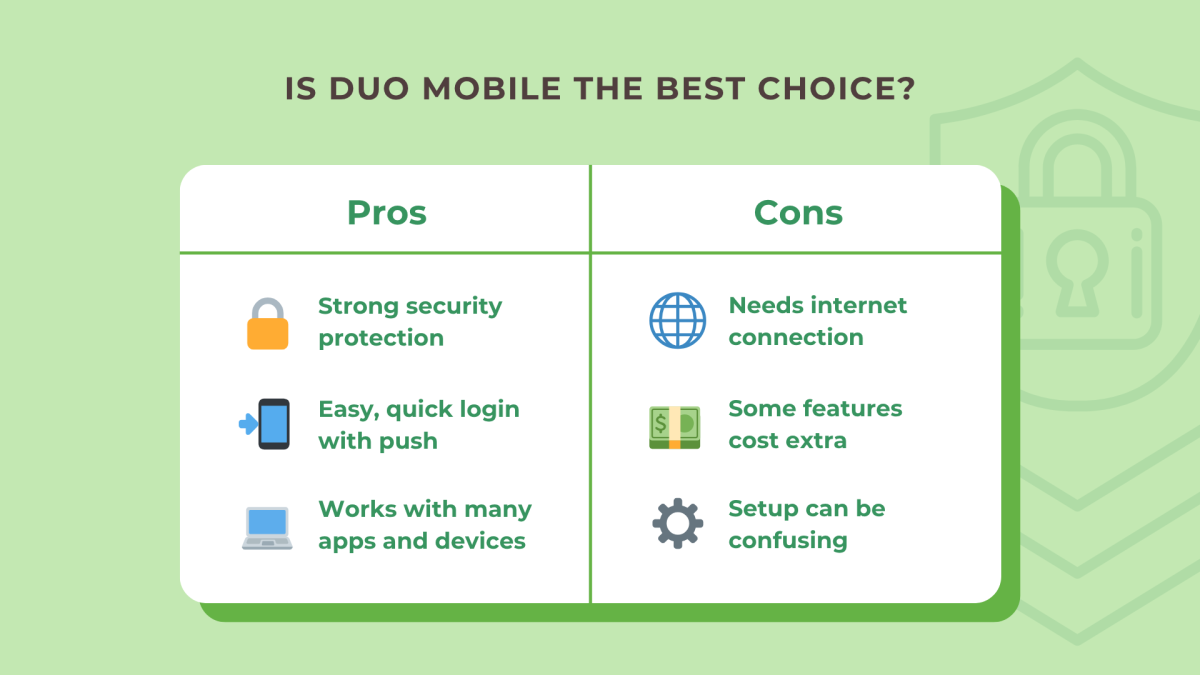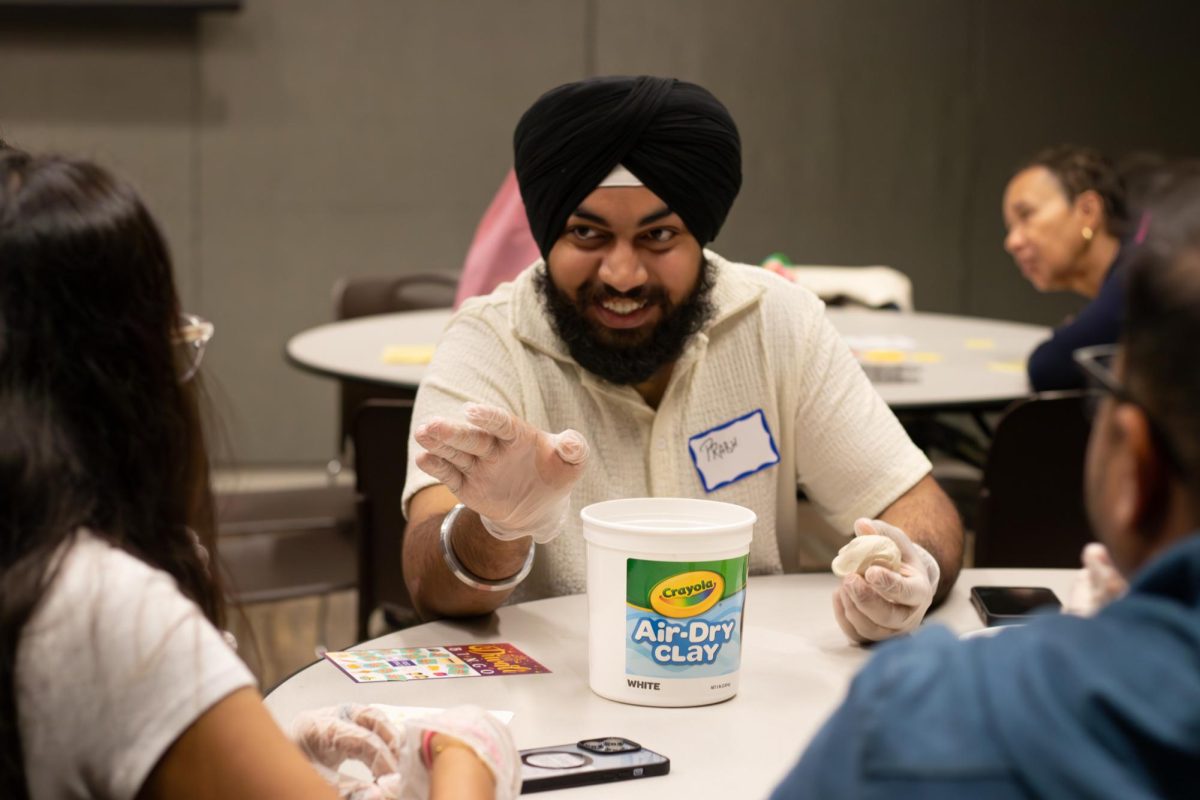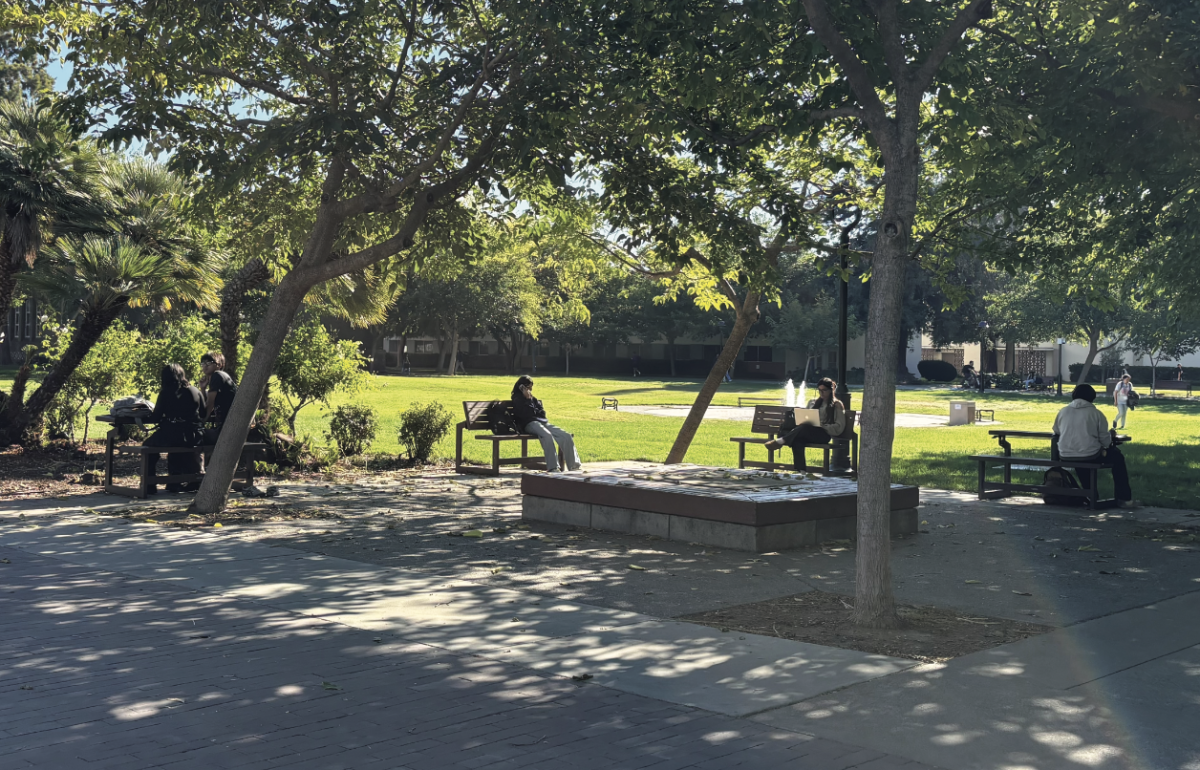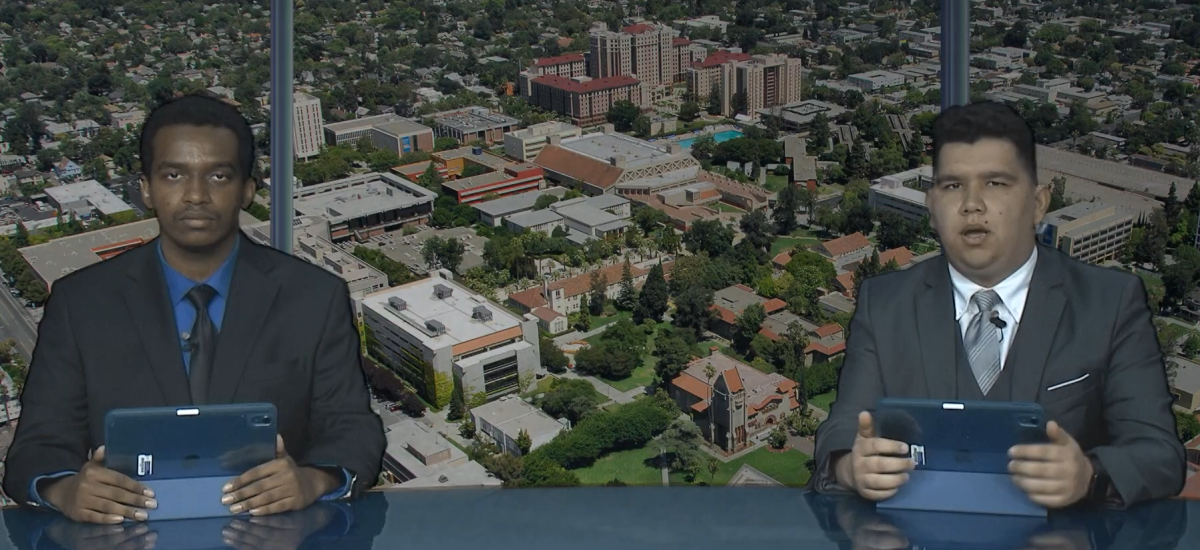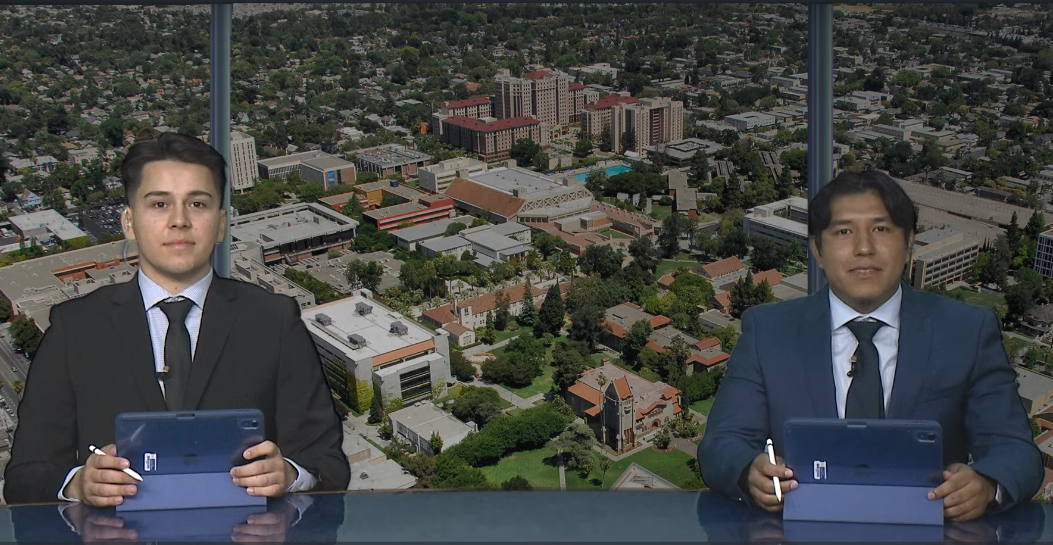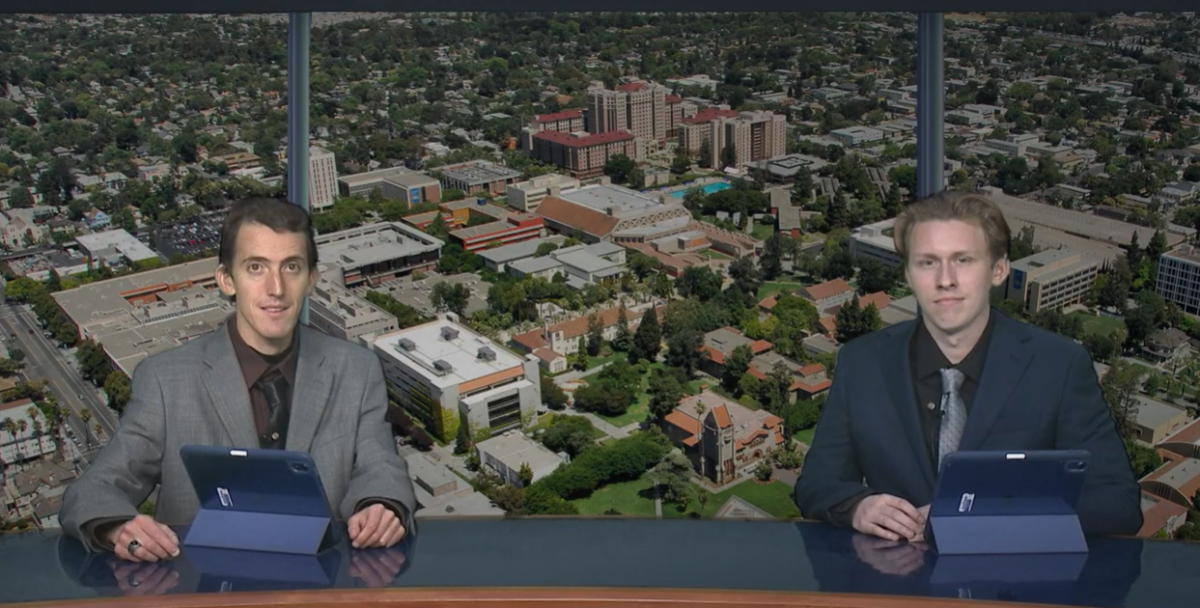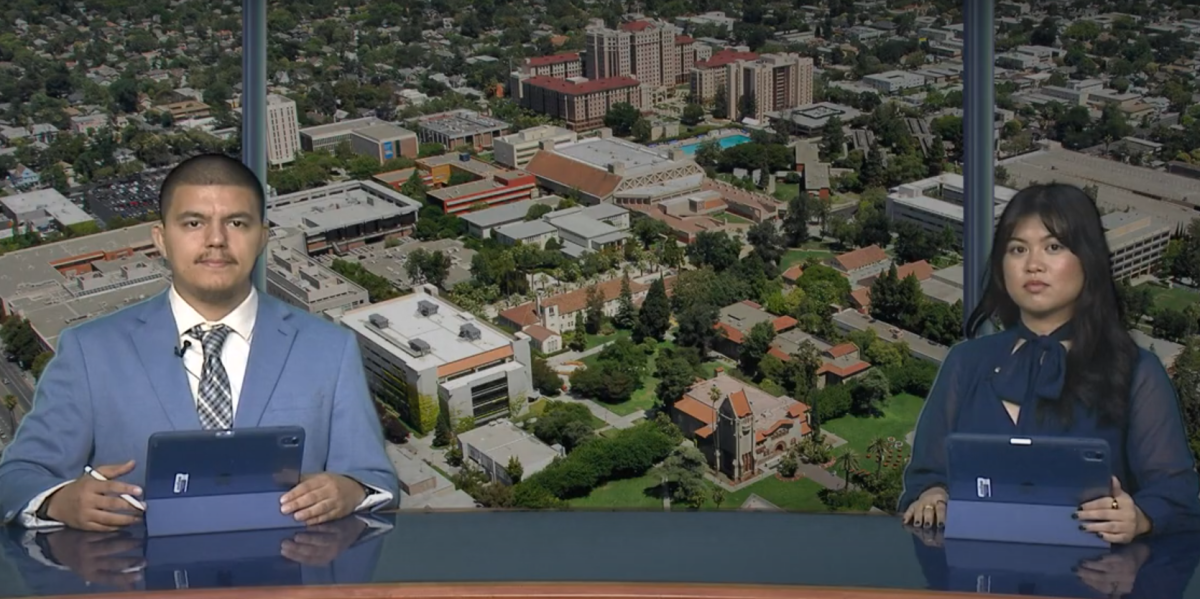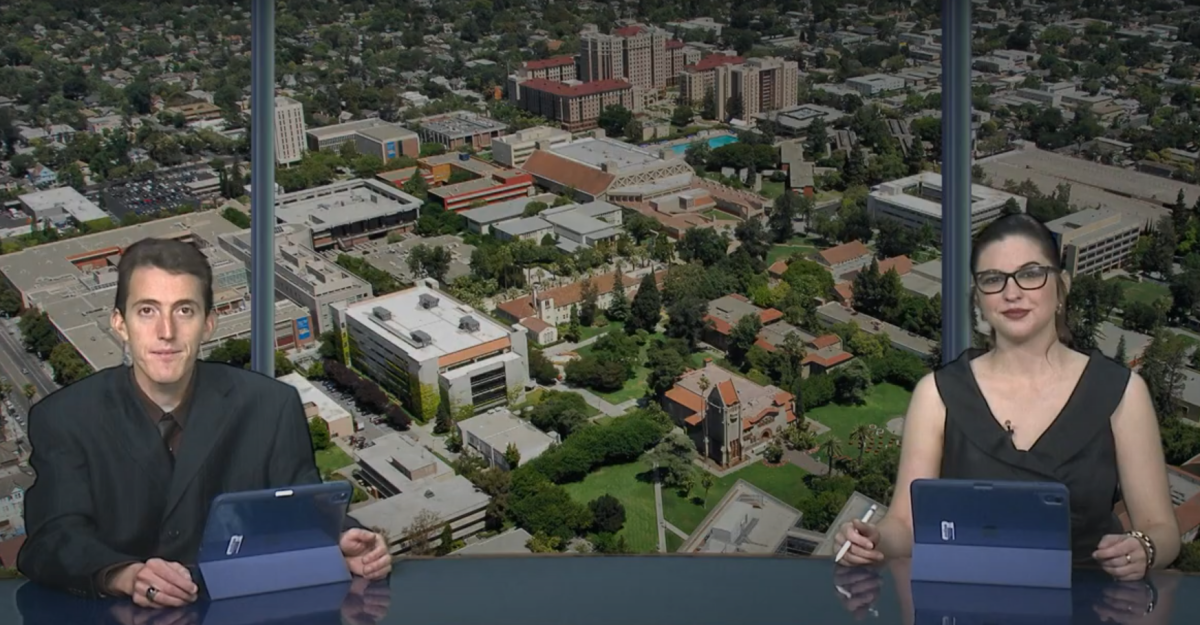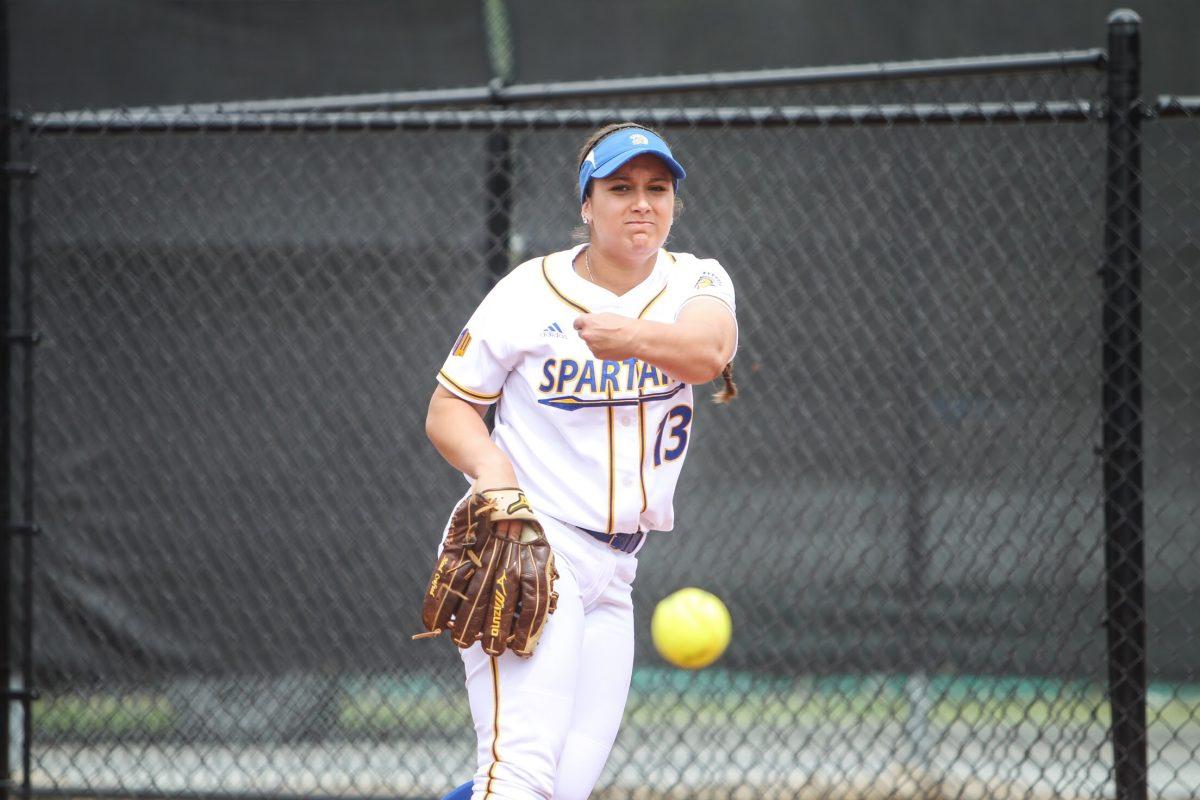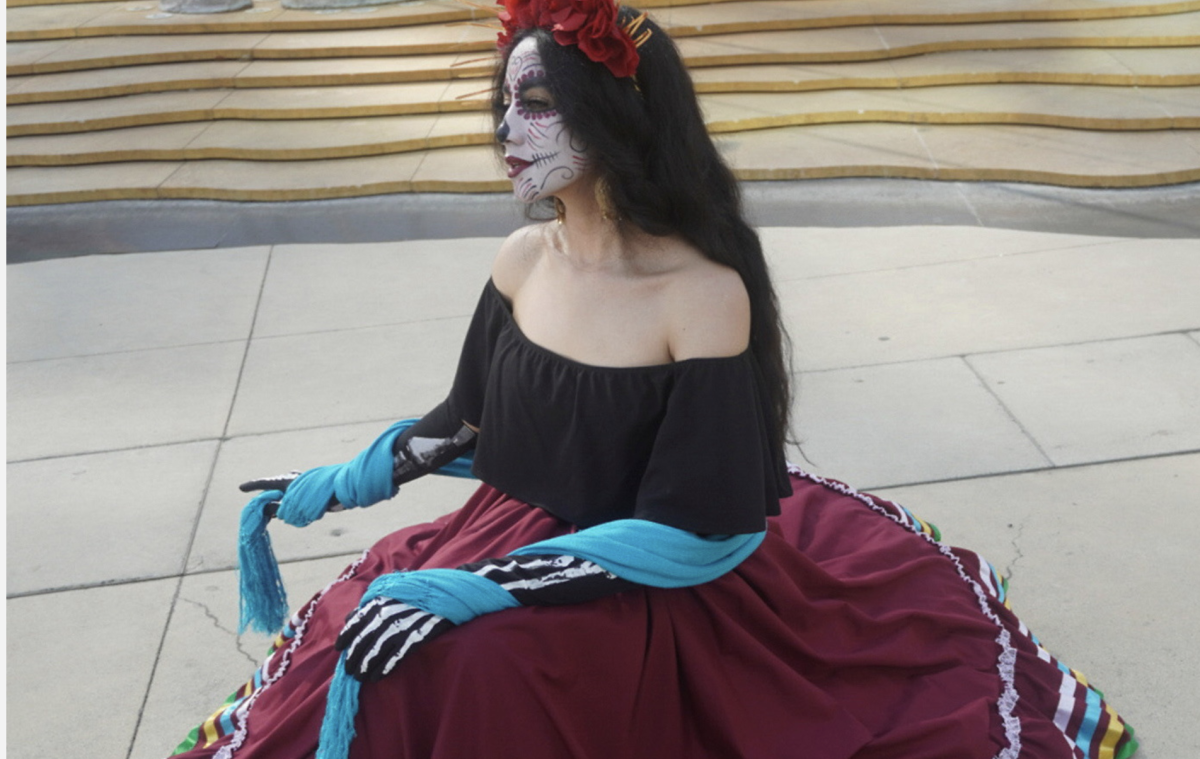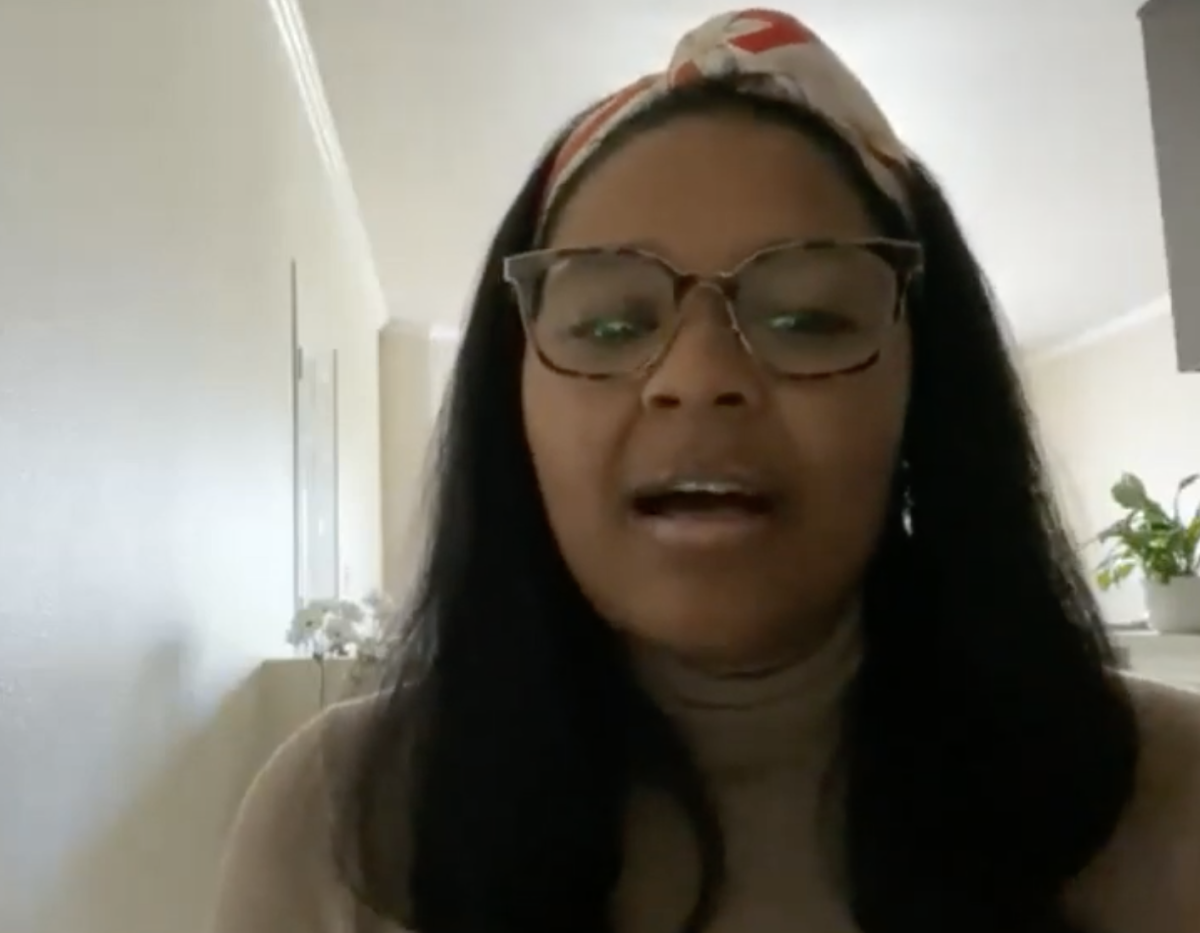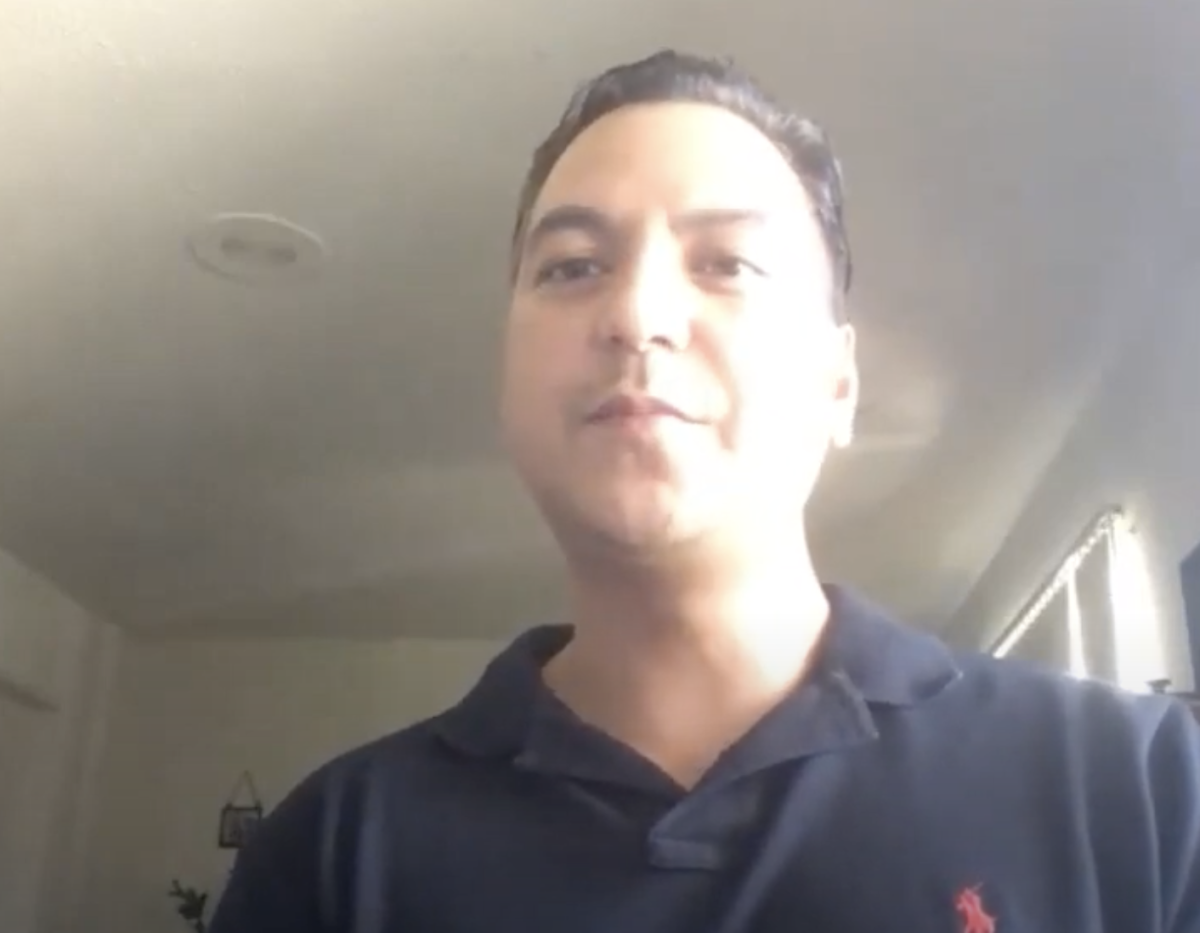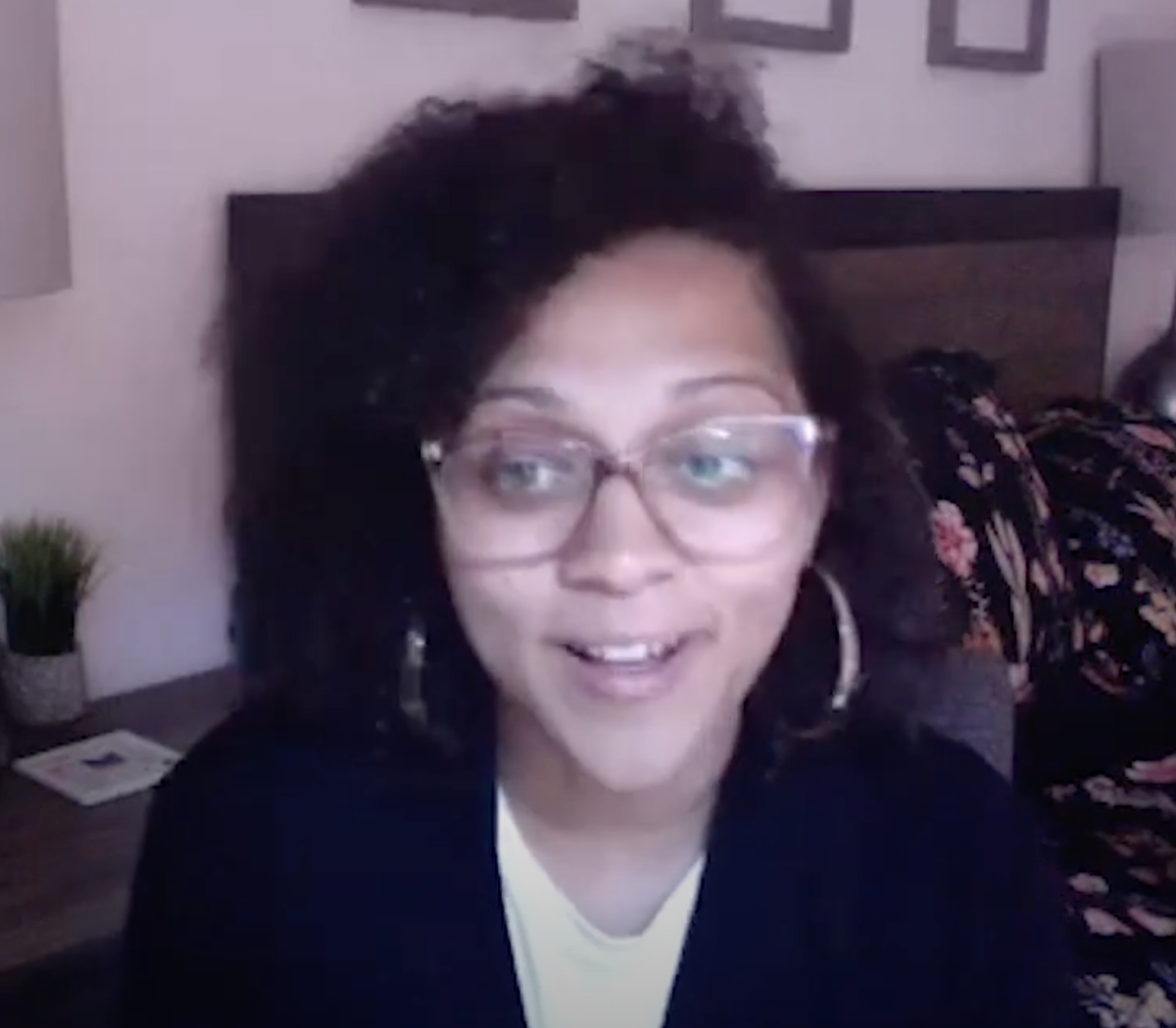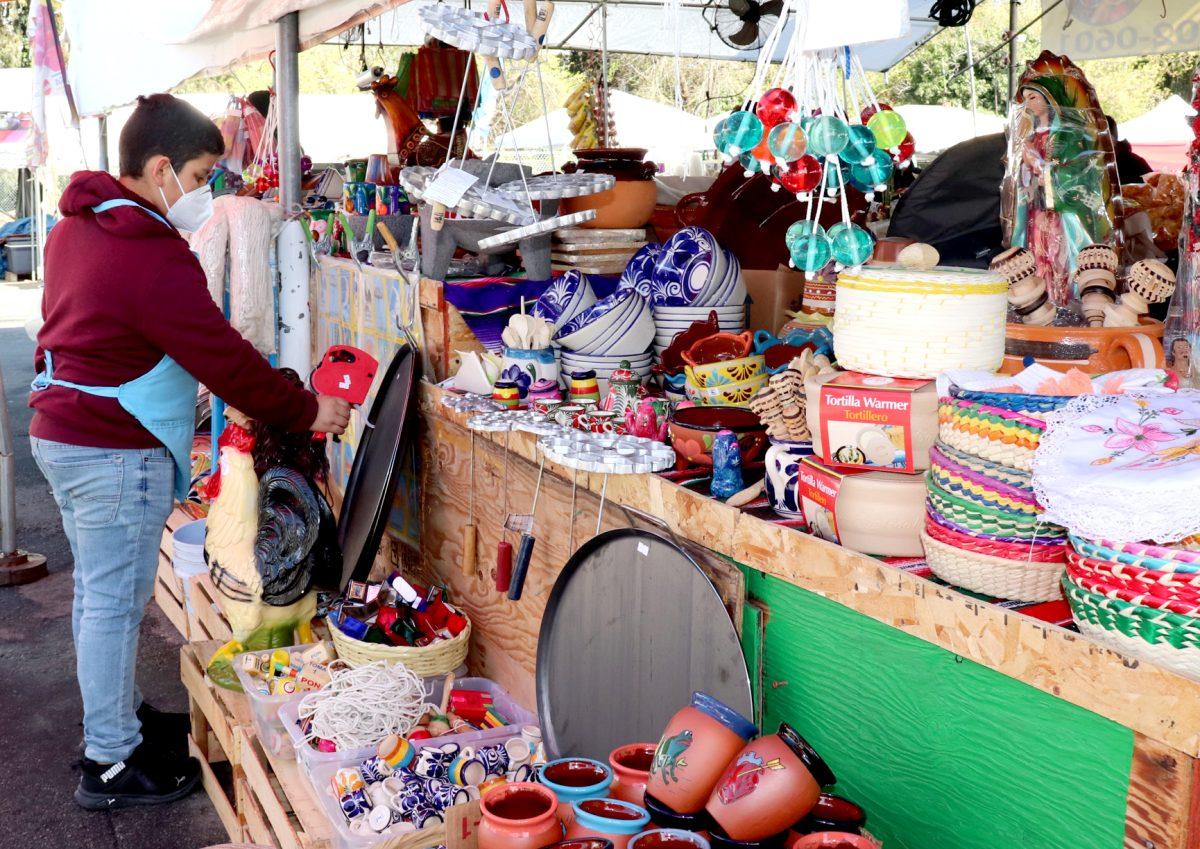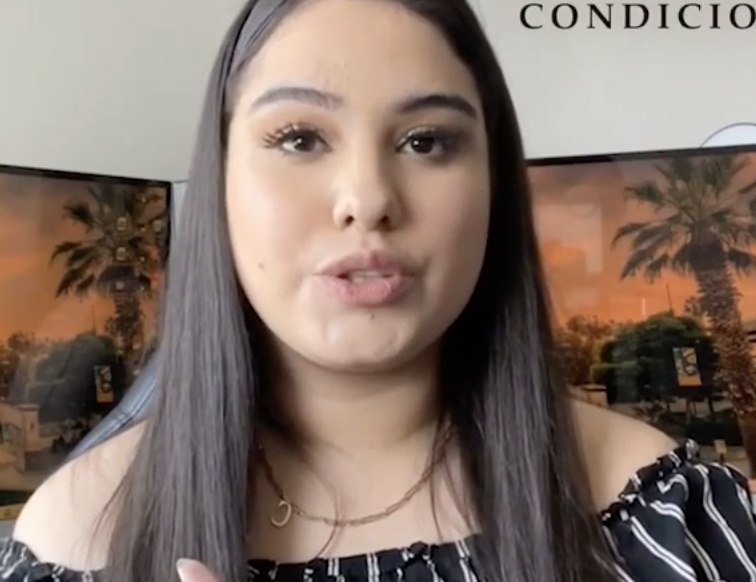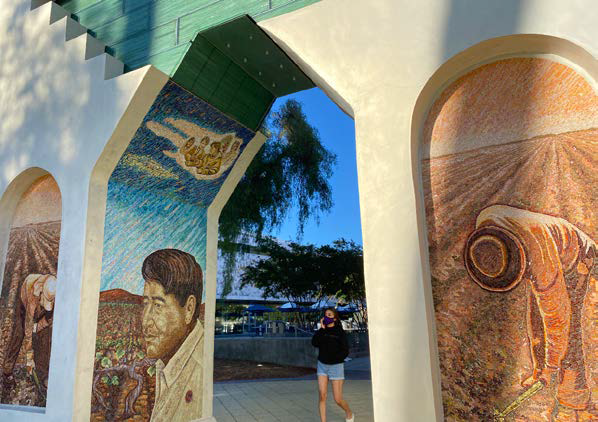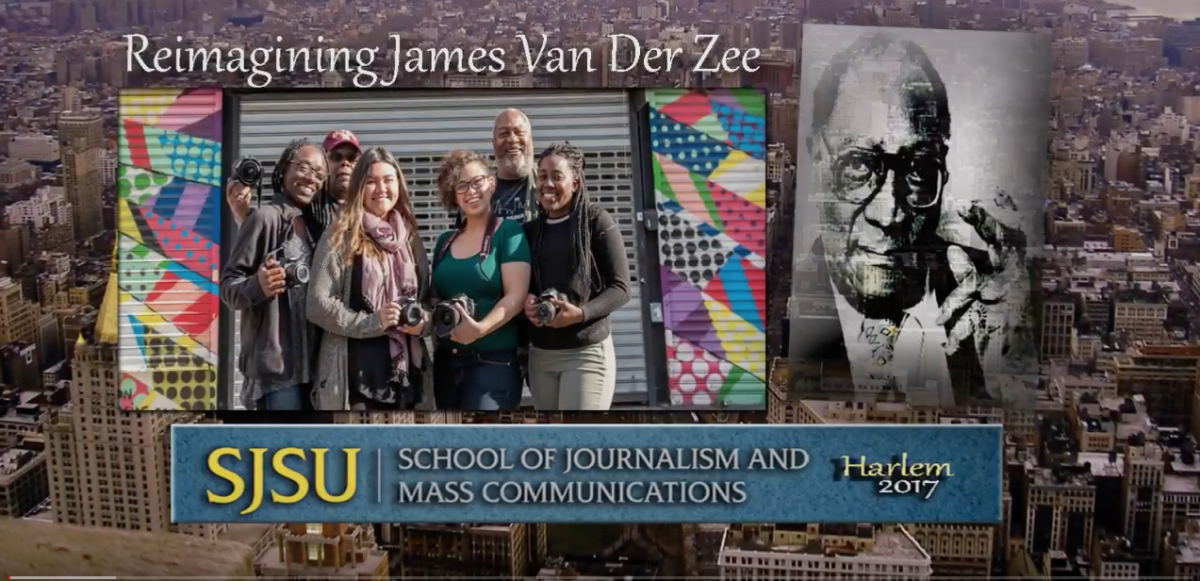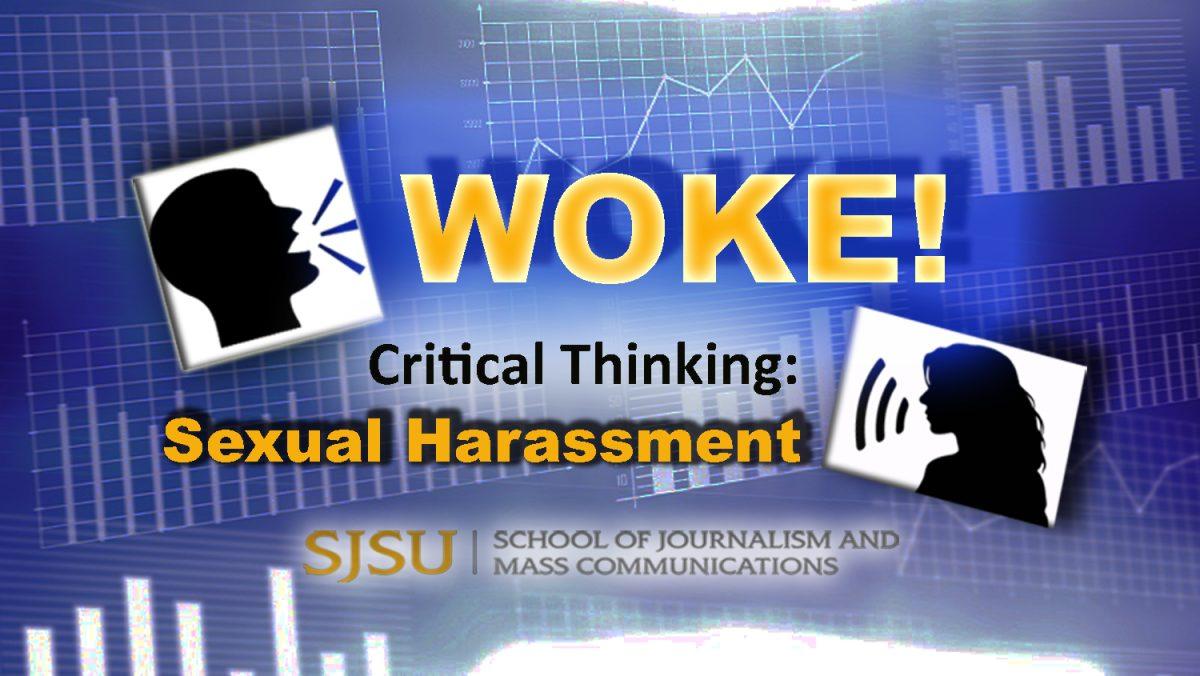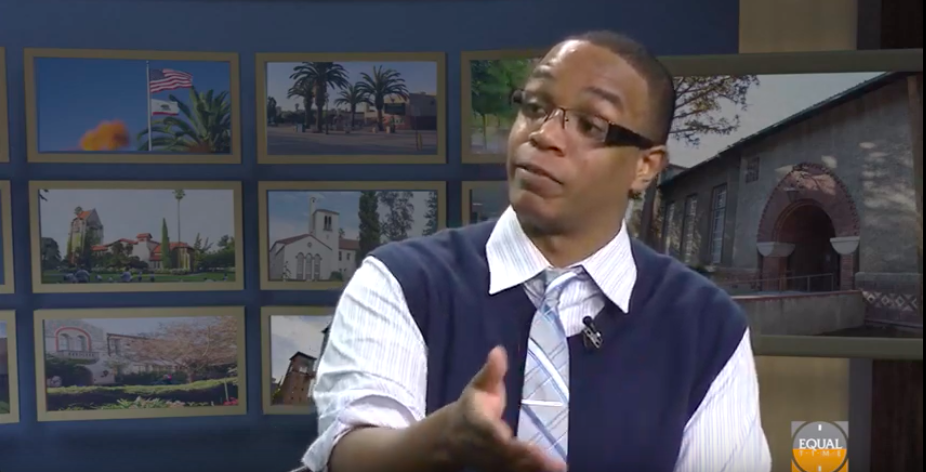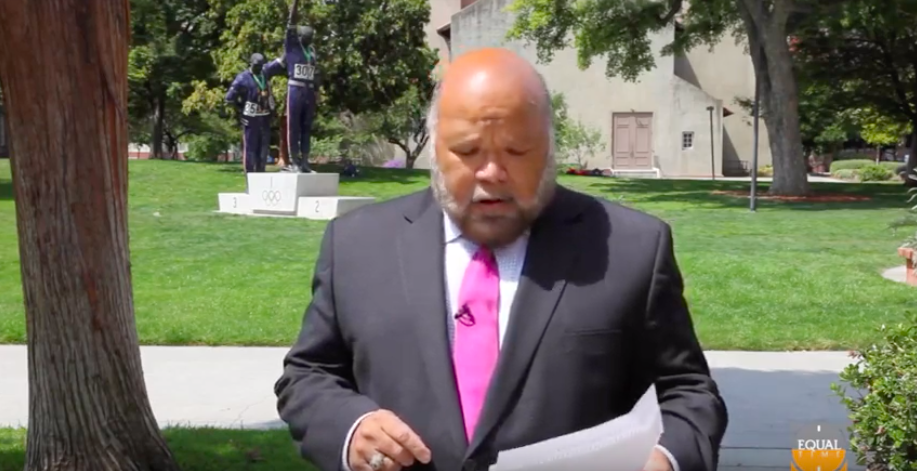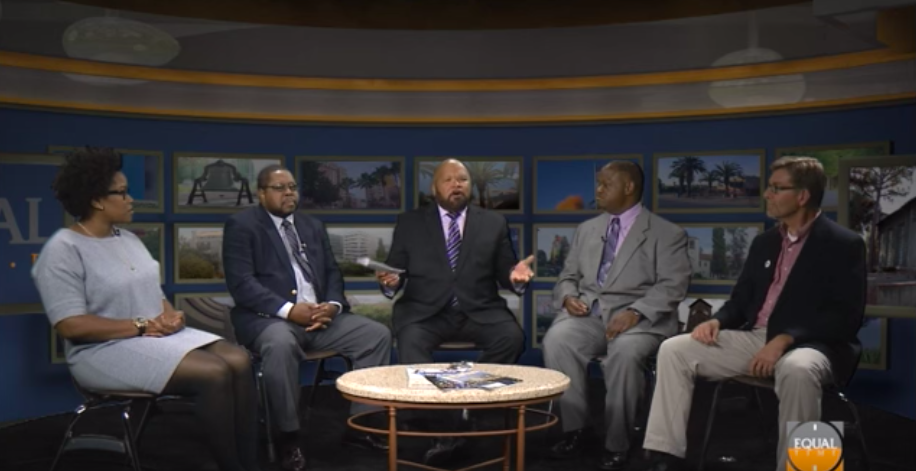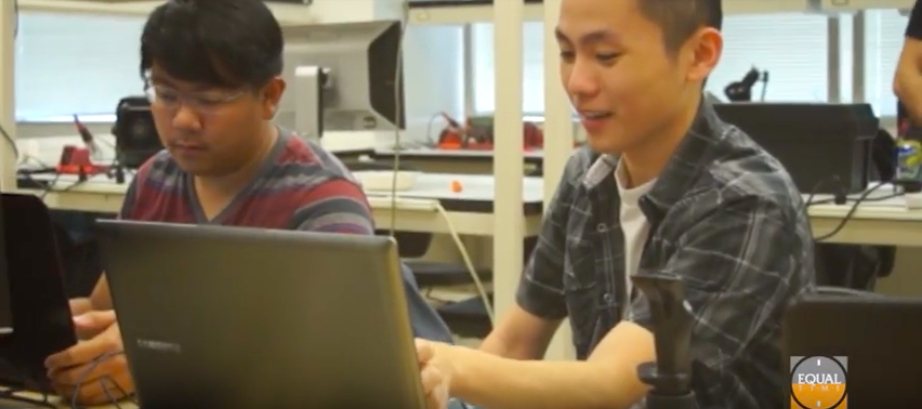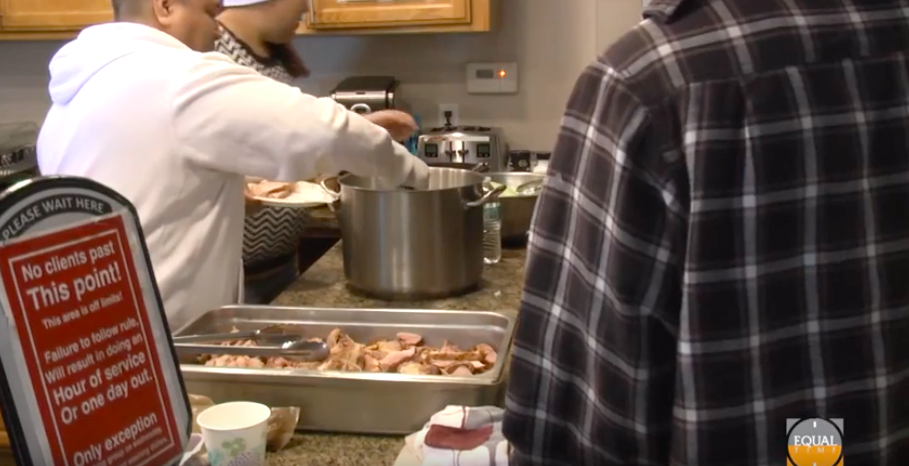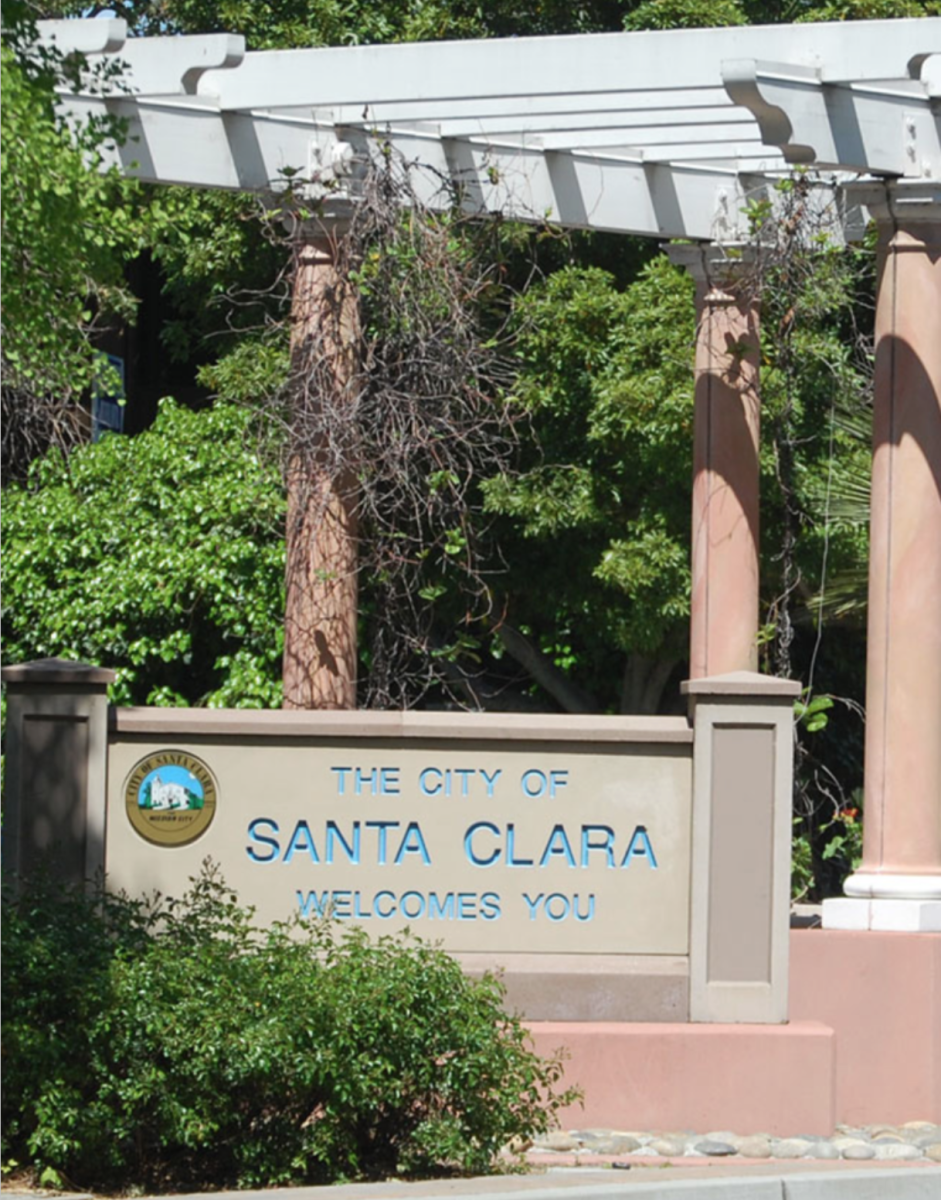In September, the Santa Clara County Board of Supervisors unanimously declared a public health crisis among Latino residents prompting a response effort led by District 1 Supervisor Sylvia Arenas.
The Latino Health Assessment, published in May of 2025, revealed significant socioeconomic disparities in Santa Clara County’s Latino populace.
Key findings of the assessment show an increased rate of poverty, houselessness, suicide, obesity, academic discrepancy and substance abuse amoung Latino residents, according to the 2025 Santa Clara County Public Health Latino Health Assessment.
L.A. Chung, Santa Clara County’s District 5 director of communications, said the assessment includes a series of recommendations, but federal funding cuts have posed economic hurdles.
“Increasing support of early childhood programs like FIRST 5 (Santa Clara County) and enhancing existing health care services as the public health department identifies existing gaps and works with nonprofit partners … All this is a balancing act, however, given the difficulty caused by the dramatic federal cuts.”
The H.R. 1 budget bill signed into law by United States President Donald J. Trump in July had substantial cuts to Medicaid and food assistance – jeopardizing the welfare of millions of Americans, according to a County of Santa Clara webpage.
Despite this, Rhonda McClinton-Brown, deputy director of planning, strategy, and policy for the Santa Clara County Public Health Department, said the board will be making its recommendations in November.
“We’re going to first go to the Children, Family and Seniors Committee and then to the full board in December to present an update … that action plan will map out the 27 recommendations.”
The executive summary of the report proposes five recommendations to be considered by the community and four recommendations to be considered by the county.
The community recommendations include methods to dismantle historical discrimination, improve mental health, increase educational opportunities, increase access to healthcare and improve data collection.
Margaret Abe-Koga, Santa Clara County District 5 supervisor, said it’s owed to residents, neighbors, families and the next generation to identify and tackle these issues.
“With federal cuts already taking place and more coming with the slashing of Medicaid and food support, we can expect more of our county residents to be affected,” Abe-Koga said in a news conference following the Sept. 16 board meeting. “This is why it is important that we on the Board of Supervisors be very clear about identifying our priorities.”
The assessment shows that the Latino community – which make up 25% of Santa Clara County residents – has seen a 48% increase in suicide rates from 2009-2013 to 2019-2023 and a 128% increase in fentanyl overdose mortality rates from 2020 to 2023.
Economic disparities are felt, as 38% of Latino families are living below 200% the federal poverty level compared to 18% of all families in the county, while 47% of the county’s unhoused population is Latino, according to the assessment.
Victor Valdez, co-executive director of SOMOS Mayfair, said resources should go into tangible solutions.
“We have to allocate those resources to spaces like (Mexican American Community Services Agency (MACSA)) – real solutions. It came from a community desire, these are the solutions that really will make a difference,” Valdez said.
Out of the nearly 480,000 Latinos in the county, 41% are under the age of 25, making them the youngest ethnic group in the county, according to the assessment.
“Behavioral solutions are lacking. We need to create institutional level change by empowering young people to be leaders and creating more spaces to be organized,” Valdez said.
From 2017-2023, 71% students at the School Linked Services Family Engagement program were Latino, 77% of youth detained by the County Probation Department were Latino and 68% of the youth at the County Foster Care System were Latino, according to the assessment’s key findings.
Additionally, the assessment reports that queer Latino individuals show higher rates of poor mental health. During the 2021-2023 period, 59% of the Latino high school students who identified as lesbian, gay, bisexual or transgender reported feeling sad or hopeless nearly every day for two weeks or more, compared to 26% of Latino high school students who identified as straight.

